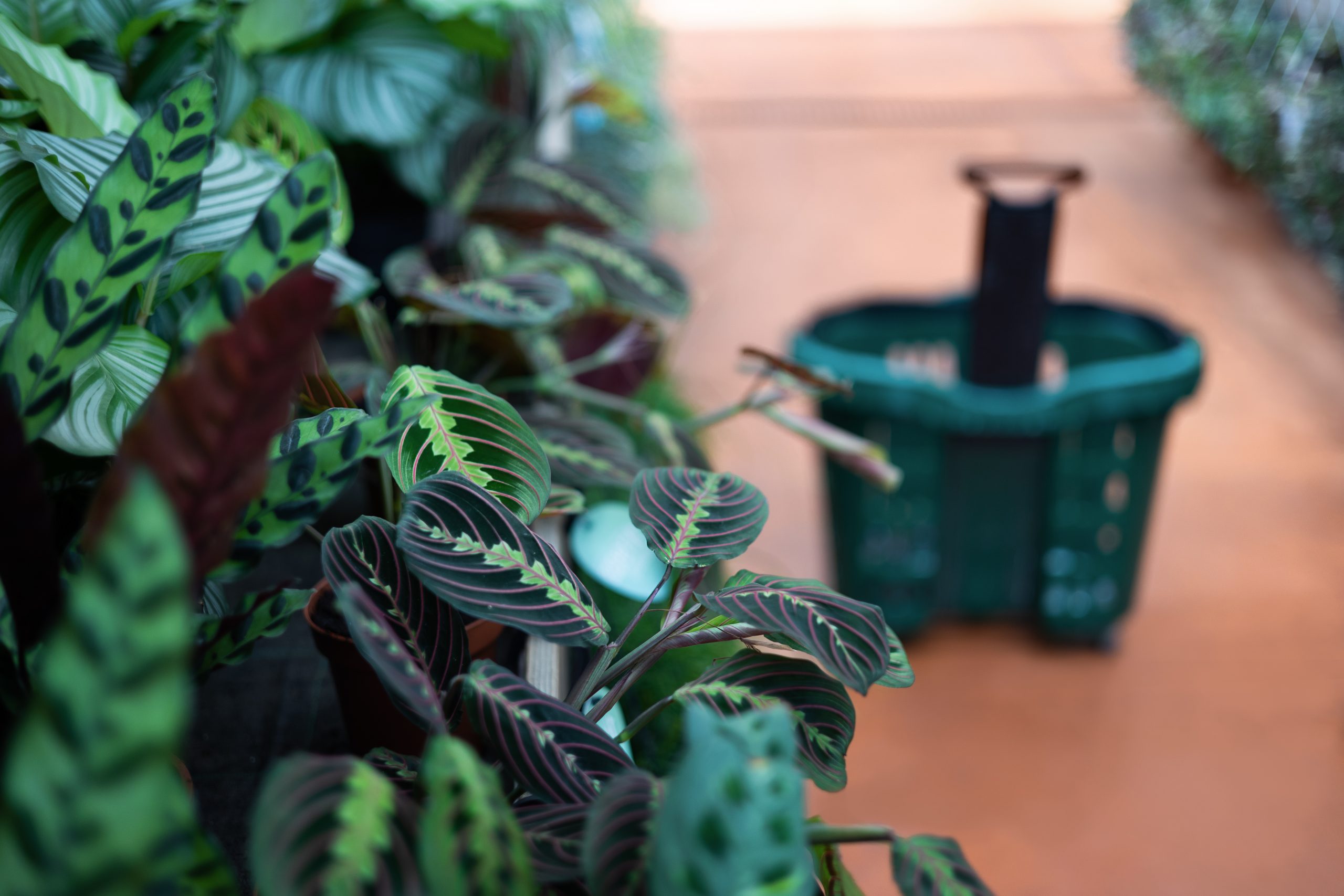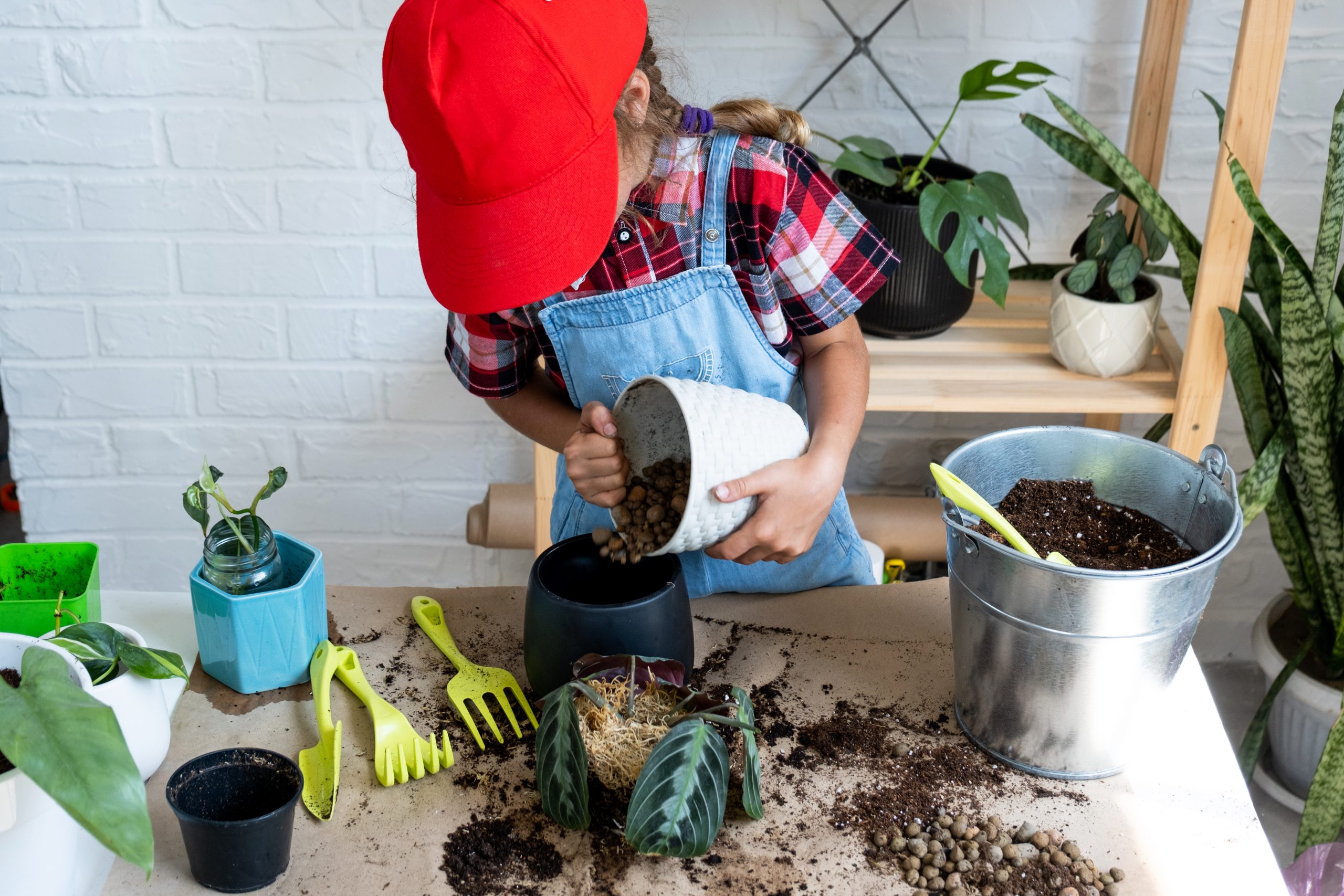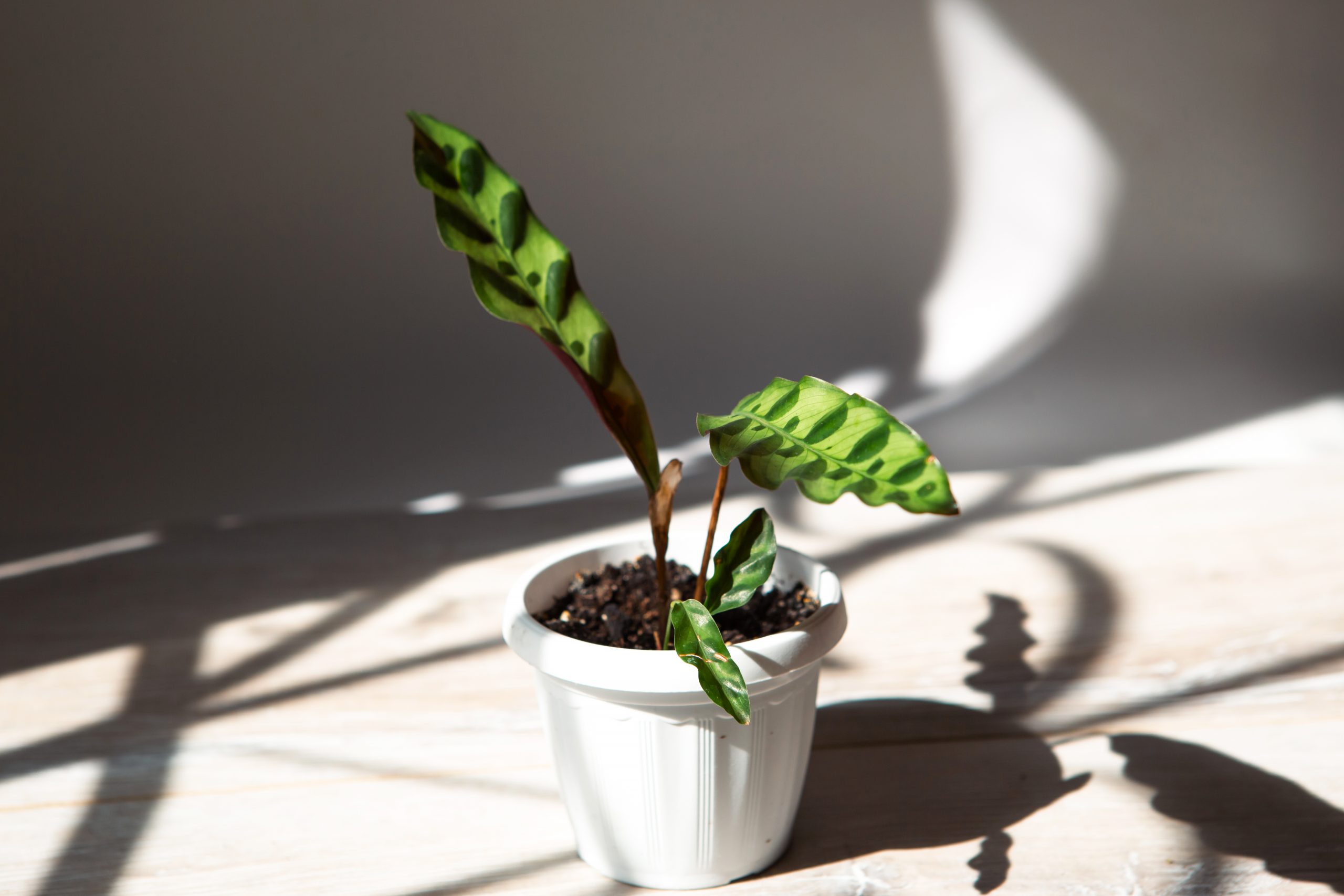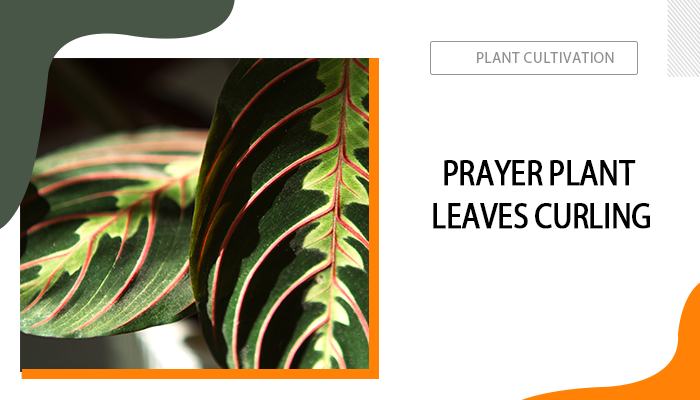The sight of prayer plant leaves curling can be a concern among home growers. These beautiful and vibrant houseplants, known for their striking foliage, have leaves that naturally lie flat during the day and fold upward at night, resembling praying hands. However, when those leaves start curling and showing signs of distress during daytime hours, it's often indicative of underlying issues. Why are the leaves on my prayer plant curling up? You’ll find all the common causes in the following content.
Table of Contents
Underwatering
Underwatering is the most common cause encountered with curled plant leaves, as they thrive on consistently moist soil. When the soil dries out too much between waterings, prayer plant leaves will begin to curl as a sign of distress. This curling may be accompanied by drooping leaves that feel soft and limp to the touch.

To remedy the situation:
- Thorough Watering: When you notice signs of underwatering, give your prayer plant a thorough watering by sending the water to the root zone.
- Consistent Care: To prevent future instances of leaf curling due to underwatering, establish a regular watering schedule. Check the top inch of soil, and when it feels dry, it's time to water. Consistency is key to maintaining the plant's health.
However, if you water your prayer plant, and the leaves do not return to their normal shape within a day, it may indicate that the plant has dried out to the point where the roots are no longer functional. In such cases:
- Reviving the Plant: Remove the prayer plant from its soil carefully. Place it in a container with water to encourage root regrowth. Allow the plant to remain in water until new roots are at least an inch long, which typically takes a few weeks.
- Repotting: Once the new roots have developed, you can repot the plant into fresh, well-draining soil. And wait for the magic to happen.

Low Humidity
If you suspect both prayer plant leaves curling and browning edges, chances are the plant is encountering low humidity levels. Prayer plants prefer humid environments of tropical regions, therefore, when the humidity level drops below their preferred range, generally around 30-50%, the plant can exhibit several issues, including leaf curling and browning at the edges. This is the plant's way of reducing water loss and protecting itself.
To combat these issues and create a more favorable environment for your prayer plant, consider the following measures to increase humidity:
- Humidifier: Placing a plant humidifier in the vicinity of your prayer plant is one of the most effective ways to boost humidity levels. Set the humidifier to maintain a humidity range of around 50-60%, in which condition the prayer plants can perform best.
- Grouping Plants: Grouping your prayer plant with other houseplants can create a microclimate with higher humidity. As plants transpire, they release moisture into the air, benefiting all the nearby plants.
- Pebble Tray: A simple and cost-effective method to increase humidity is by placing your prayer plant's pot on a tray filled with water and pebbles. As the water evaporates, it raises the humidity in the immediate vicinity of the plant without costing too much.
- Avoid Drafts: Keep your plant away from drafts and vents, as these can further dehydrate the plant and exacerbate humidity-related problems.
Temperature Stress
These plants hail from tropical regions, where temperature ranges from approximately 65°F to 75°F (18°C to 24°C), and they are sensitive to extreme temperatures or sudden fluctuations. When plants are exposed to unfavorable temperature conditions, they can exhibit signs of stress, including leaf curling, yellowing leaves, etc.
In colder conditions, the plant's metabolic processes slow down, making it vulnerable to issues like leaf curling. On the other hand, excessive heat can lead to moisture loss through transpiration, triggering similar symptoms. The same applies to rapid temperature fluctuations.
Solutions to prevent temperature stress and maintain a stable environment:
- Location Selection: Choose a suitable location for your plant, away from areas with extreme temperature variations. Avoid placing it near radiators, inline fans, heaters, or air conditioning vents. Just be flexible and move your plants whenever you feel the temperature is not ideal for them.
- Draft Avoidance: Shield your prayer plant from cold drafts during the winter months. Ensure that windows and doors are sealed properly to prevent chilly air from affecting the plant.
Lighting Issues
Prayer plants are known as low-light plants. Unfortunately, that’s why some growers mistakenly understand their lighting requirements and offer them too little light. Without enough light, the plant's growth may become weak and leggy, and the leaves may start to curl as a sign of stress. Just do a quick throwback - is your prayer plant bearing enough sunlight?

There are a few things you can try to adjust lighting for prayer plants:
- Place the plant near a north or east-facing window, where it can benefit from filtered sunlight. If natural light is insufficient, an indoor grow light designed for houseplants is the best supplement you’ll need.
- Prayer plants have a natural day-night cycle, and they appreciate a consistent schedule. Avoid exposing them to artificial light at night or keeping them in areas with irregular lighting patterns, as this can disrupt their internal clock and lead to leaf issues. Fortunately, manufacturers such as Spider Farmer have introduced grow light controllers that come with a timer.
Conclusion
In conclusion, when you encounter prayer plant leaves curling, it's essential to address the underlying causes for optimal health. Common culprits include underwatering, low humidity, temperature stress, and lighting issues. Maintaining consistent moisture, increasing humidity levels, stabilizing temperature conditions, and providing appropriate lighting can all remedy leaf curling to some extent. By understanding and addressing these factors, you can ensure your prayer plant's vibrant foliage thrives and remains a striking addition to your indoor garden.






